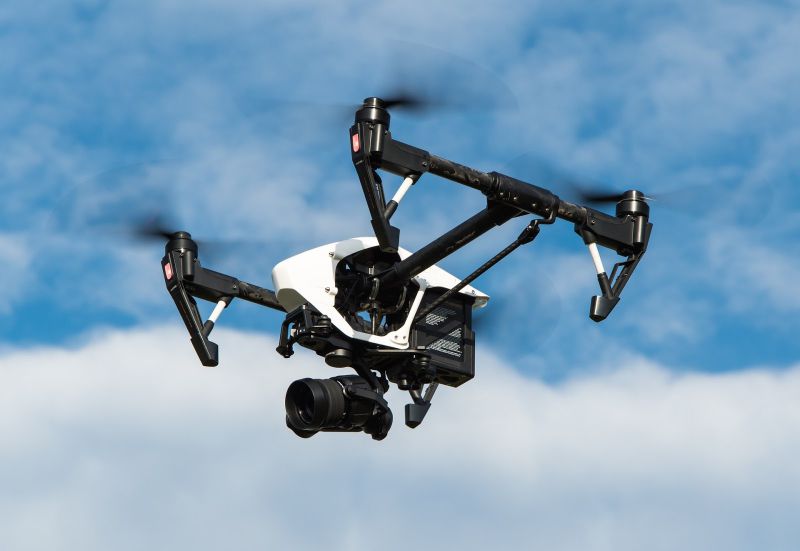Nov 30, 2020
Today, the construction industry faces a variety of challenges that legacy workflows struggle to meet. From stricter safety regulations to rising material costs to the increased demand for sustainable buildings, the industry is often expected to do more with less. For many companies, meeting these challenges requires leveraging new technologies, and many of those technologies rely heavily on data.
Data-driven technologies are seemingly everywhere today. Smartwatches build personalized exercise routines. Smart homes learn your routines to maximize efficiency. Data is one of the most valuable resources of the Information Age, so the increased reliance on data in construction should not be a surprise.
What is Information Technology?

Information technology (IT) involves computer-based information systems, particularly IT applications and computer hardware, that enable the storage, processing and information flow within an organization. In recent years, Construction IT has grown rapidly in popularity. With the right data and the right technologies, construction companies can reduce risk and increase efficiency, benefiting clients, employees, and their bottom lines. The following are 3 ways that information technology in construction is making a big impact on business processes in the industry.
1. Building information modeling

One of the key data-driven technologies for the industry is building information modeling, commonly known by the acronym “BIM” (which rhymes with “slim”). BIM is one of the oldest and most important aspects of the construction industry’s ongoing digital transformation. As an evolution of early computer-aided design, BIM combines building design with contextually relevant data to create intelligent digital construction models. These models can then be used throughout all phases of the construction process to increase efficiency and deliver better results to customers.
The artificial intelligence of BIM is key to understanding its utility. As an early paper on the topic explains, by making computer systems “understand” buildings, “designers will find that they are relieved of manual tasks of representing the building design.” A simple but critical example is clash detection, the ability of BIM software to identify where building components will interfere with each other, such as having two pieces pass through the same space. Some BIM software will even take into consideration whether a design will violate safe distances from power lines or will identify scheduling conflicts during construction. With BIM, digital models are more than just reflections of the real world. Instead, digital models inform real-world decisions.
But BIM by itself cannot address all of the challenges faced by the construction industry. Projects may involve dozens of people who all need to work together on the construction models. However, in recent years, a focus on single-user software design hampered the effectiveness and functionality of BIM due to the difficulty in collaboration. This made implementing BIM in construction activities and on construction sites a less desirable alternative.
2. Cloud computing

Here is where cloud computing enters the picture. Cloud computing can enable real-time access, any time, anywhere. With technology going into the cloud, engineers, architects, and designers can work together throughout the construction project, reducing wasted time and effort and driving down costs.
In addition, the cloud offers the usual benefits that enterprises have come to expect. Capital expenditures can be transitioned to operating expenses. Companies can use automation to scale their infrastructure to fit their actual usage, eliminating waste. On the other hand, in many cases, the cloud can also reduce security risks by keeping sensitive data secure in the data center rather than on user devices.
3. Robotics

Robotics is another technology that is becoming increasingly important to construction management. Today, robotics can be found both in manufacturing and on the job site. A 2019 report from the Associated General Contractors of America noted that “Eighty percent of construction firms report they are having a hard time filling hourly craft positions that represent the bulk of the construction workforce.” That gap in skilled labor is leading some companies to turn more to prefabrication, which increasingly uses robotics to deliver faster and cheaper results.
On the job site, drones can supplement or supplant conventional labor-intensive or dangerous tasks. Surveying drones can cover ground more quickly than surveyors on the ground. Inspection drones can go places that would be too dangerous for humans. The data generated by drones can be used not only to inform BIM but also to aid construction project managers and owners in reporting on job progress and overall operations, which may lead to re-engineering company procedures.
Data-centered construction
All of these technologies are pieces of the digital transformation puzzle. From lidar scans that are aiding the reconstruction of Notre Dame to enterprise resource planning specifically tailored to the construction industry, information technology is quickly becoming central to every construction phase of every construction project. As the industry continues to adapt, new advances in data-driven technologies will likely emerge. Companies will find better ways to make use of information technology to meet their clients’ needs, empower their end users, including staff and subcontractors, and improve business processes. This may lead to better decision-making, improved project management and information management, and greater interoperability and visualization for construction and service businesses.







